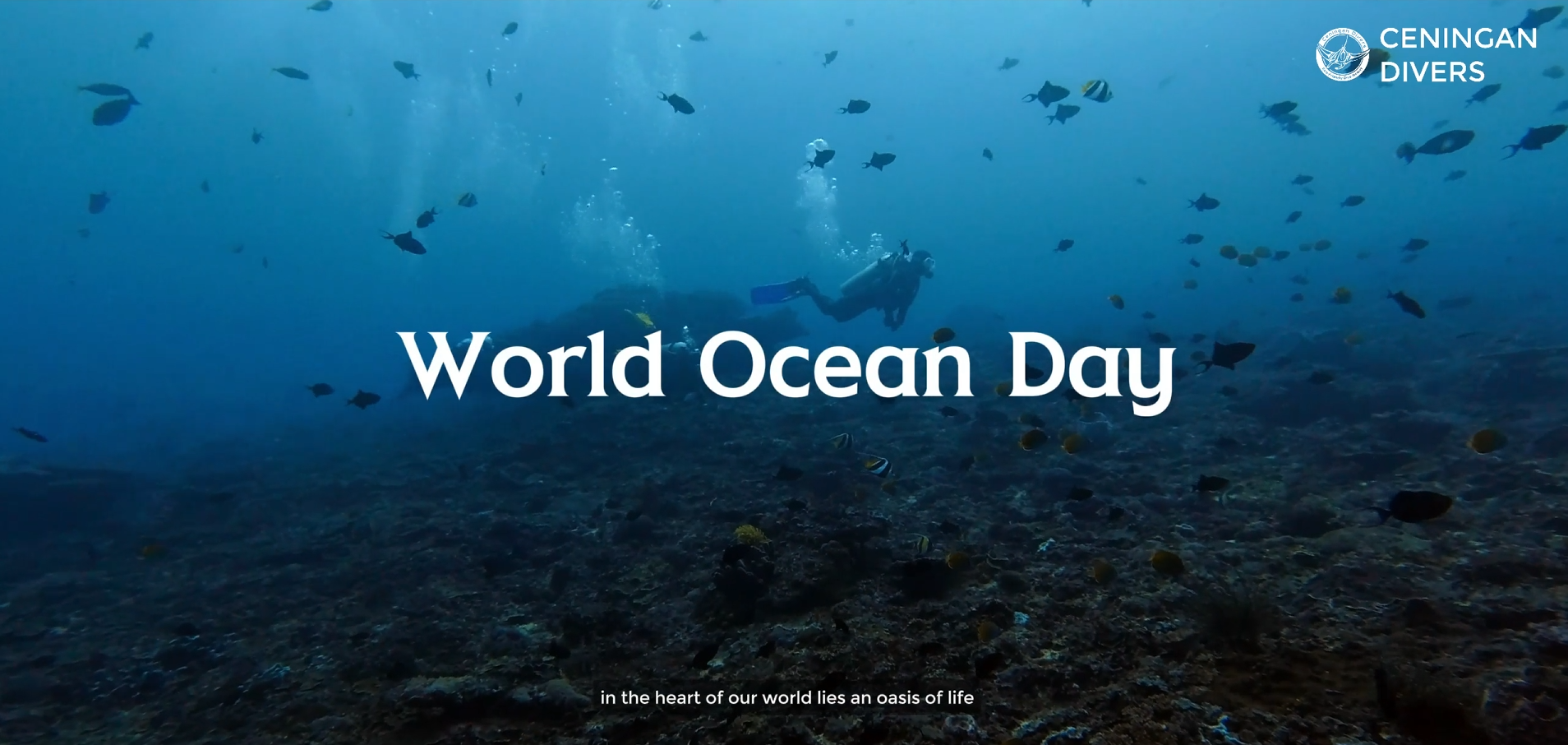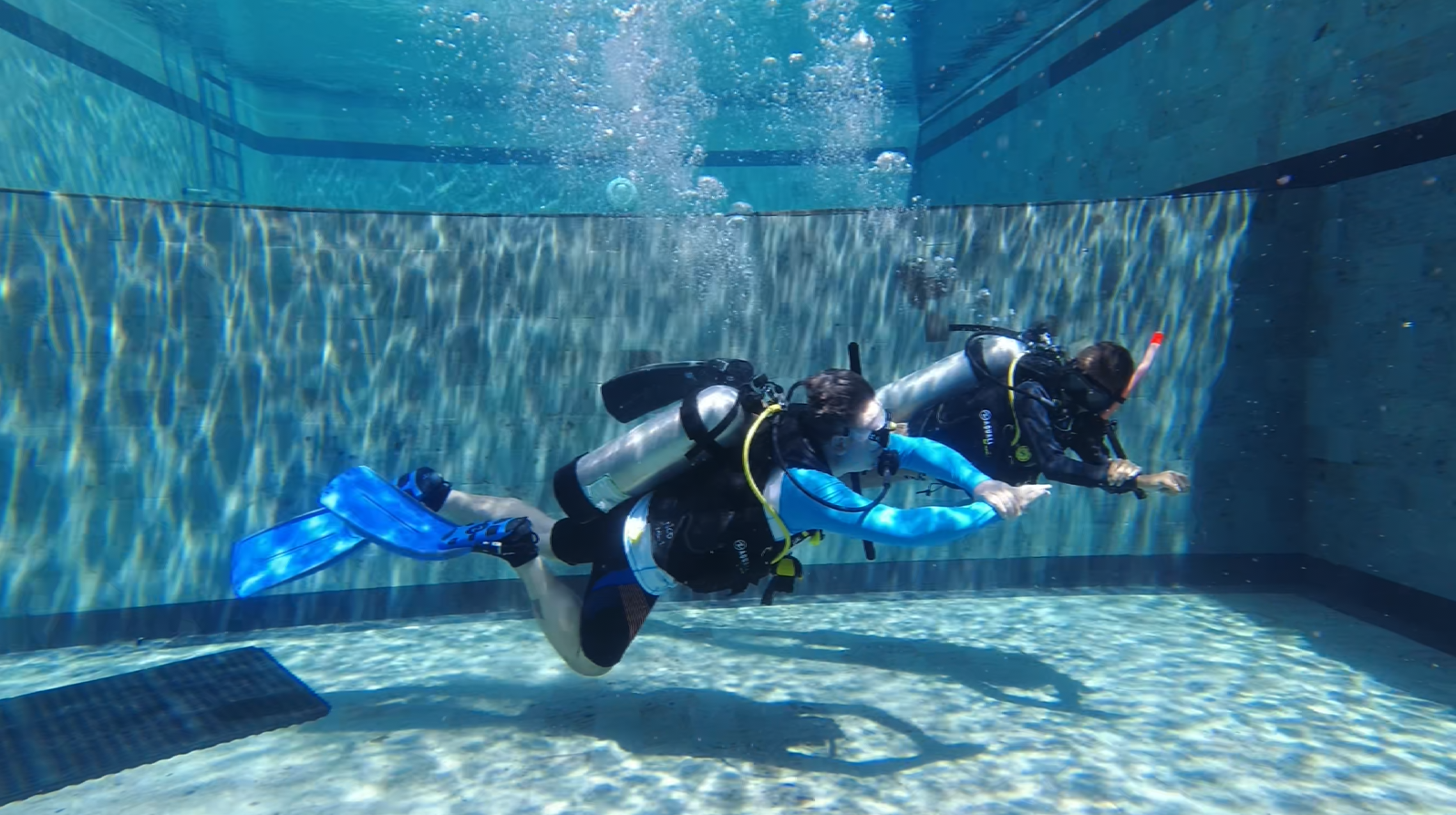Zone Marine Protégée de Nusa Penida
À seulement 25 kilomètres de Bali, à l’extrémité nord-est de l’océan Indien, se trouvent les magnifiques îles de Nusa Penida, Nusa Lembongan et Nusa Ceningan. Entourées d’une histoire riche en magie noire et esprits maléfiques, ces îles restent mystérieuses pour beaucoup.
Au 18ᵉ siècle, Nusa Penida servait de prison pour la dynastie Gelgel de Bali sous le règne du royaume Majapahit. En février 1942, le détroit entre Nusa Penida et Nusa Ceningan fut le théâtre de la bataille du détroit de Badung, une confrontation majeure entre les forces alliées et la marine impériale japonaise.
Grâce à leur incroyable biodiversité marine, ces trois îles ont récemment été désignées par le gouvernement indonésien comme Zone Marine Protégée de Nusa Penida (MPA). Ce projet couvre 20 000 hectares d’écosystèmes marins diversifiés, permettant une utilisation mixte entre la pêche et le tourisme, tout en protégeant les habitats essentiels pour la reproduction et la survie de la faune marine locale.
Heureusement, les anciens du village ont reconnu les dangers de la pêche à la dynamite et au cyanure, et l’économie locale s’est tournée vers la culture d’algues, préservant ainsi les récifs coralliens en parfait état. Aujourd’hui, la vie sous-marine est abondante, avec plus de 300 espèces de coraux et 600 espèces de poissons, dont cinq récemment découvertes. Cette nouvelle zone protégée apportera des connaissances précieuses pour la conservation mondiale et la durabilité des écosystèmes sous-marins.

Le Triangle de Corail
À une échelle plus large, Bali et Nusa Penida sont situées à l’extrémité sud-ouest du Triangle de Corail, une zone qui comprend six pays et est considérée comme le centre mondial de la biodiversité marine.
Le Triangle de Corail, souvent comparé à l’Amazonie des océans, abrite 76 % des espèces de coraux connues et plus de 3 000 espèces de poissons.
Depuis février 2014, une nouvelle loi indonésienne protège les raies mantas sur une superficie de 5,8 millions de kilomètres carrés, interdisant leur pêche et leur exportation. Grâce à cette réglementation, l’Indonésie est devenue la deuxième plus grande industrie touristique dédiée aux raies mantas dans le monde.
Aquatic Alliance et Coral Triangle Center
Ces informations ont été fournies avec le soutien de l’Aquatic Alliance et du Coral Triangle Center.


Stages Écologiques et Volontariat
De nombreuses opportunités de stages et de volontariat sont disponibles en Indonésie. Pour plus d’informations sur les programmes proposés à Bali, Ceningan et Lembongan, contactez-nous à info@ceningandivers.com.
Nos océans sont un écosystème fragile. Il est essentiel d’agir ensemble pour préserver ce paradis pour les générations futures.
Réutiliser, Réduire, Recycler
Soyez attentif à votre consommation de plastique.
Réservez votre plongée dès aujourd’hui !


